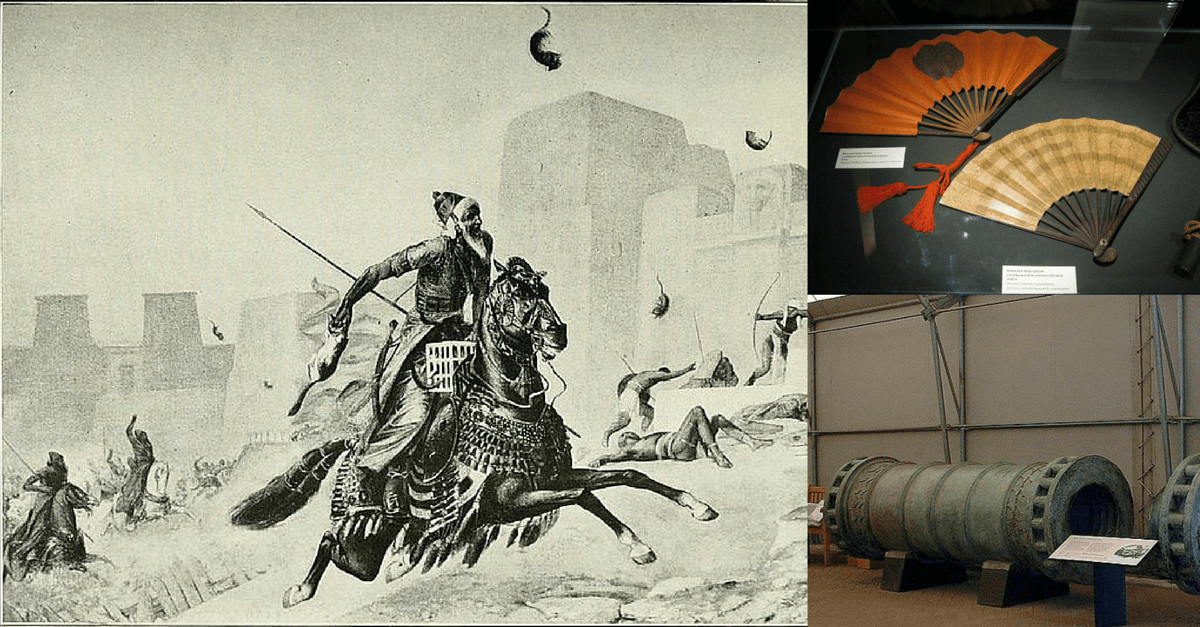Swords, spears, catapults and bows; these standard weapons certainly had their place. Sometimes, however, a more unorthodox style would be tried. The unexpected attacks are often the ones that break the tide of a battle, and these examples are some of the most interesting instances of battlefield improvisation.
Persians use Cats against the Egyptians
The Earliest example on our list may actually be one of the most impactful battles. Everyone knows that the Egyptians held cats as sacred. Their relationship with cats ebbed and flowed as it would in any civilization spanning thousands of years, but it largely stemmed from the popularity of the cat-goddess Bastet. Normally benevolent, she became harsh and vengeful when cats suffered harm or were mistreated, to the extent that people would rush into burning buildings to save cats first, then people.
Well, the expanding Persian Empire, the one that would soon invade Greece, knew of this cat worship and used it to their advantage in the battle for the Egyptian city of Pelusium during the Persian invasion. The Persians painted images of Bastet on their shields but went even further by carrying cats and other holy animals into battle with them.
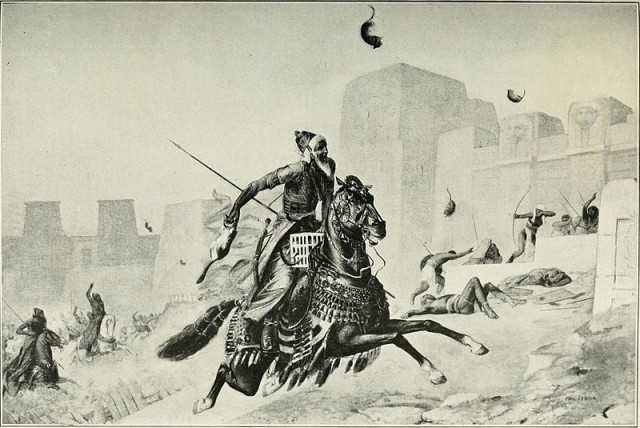
The Egyptians could not bring themselves to throw any missiles at the Persians for fear of injuring sacred cats. Once the Persians got over the walls the battle turned into a melee with timid Egyptians being cut down or running away. This victory led to the Persian annexation of Egypt, growing the power of the great ancient empire.
Strange Catapult Ammo: Snakes, Scorpions, and Corpses
Here we have a few examples ranging from India to the island of Malta. Usually, shaped rocks were the most sensible things to throw from a catapult, but other things could work too. Poisonous creatures could be terribly difficult and dangerous to collect, but once done could inflict terrible devastation on a contained enemy.
Serving in Bithynia in northern Turkey, Hannibal (yes, that Hannibal) was living out his exile from Carthage serving foreign kings. In a naval battle against the great regional power of Pergamon, Hannibal commanded an outnumbered fleet against Eumenes II. Hannibal had his men gather the most poisonous snakes in the region into clay pots and sent a message to Eumenes.

The message was actually a personal insult directed at Eumenes simply so that Hannibal could see where the commander’s ship was. He sent orders for the all the pots to be thrown on Eumenes’ ship. The marines first laughed at the clay pots shattering harmlessly on their decks, then quickly panicked as the frightened snakes lunged at anything that moved. With the commander’s ship taken care of Hannibal was able to take the rest of the battle with relative ease.
Early on in the explosive Arab expansion, the caliphate found themselves in a tough siege against the city of Nusaybin, now in southeast Turkey. The Arab general noticed that some of his men suffered horrible and painful deaths from the scorpions. He decided to gather up every scorpion the men could find into glass or clay jars and lobbed them over the city walls. The city garrison was so thinned by deaths to poison and paranoid by fear that they easily fell to the ensuing Arab assault.

The Ottomans were not known for their civility in warfare and their enemies often showed no mercy in return. In the Ottoman Siege of Malta, the Ottoman commander crucified some of the nights and floated their bodies down the bay.
In response, the commander of the Malta garrison cut the heads off of the Ottoman prisoners he had, stuffed them into his cannons and fired into the advancing infantry. Surely some damage was done, but the act was primarily to intimidate and send a message that the defenders would fight to the bitter end.
Ottomans Fight off the Brits with a 400-Year-Old Cannon
Back to the Ottomans, many know that their big claim to fame was the capture of Constantinople with the use of giant cannons. Well, one of their giant cannons, known as the Dardanelles Gun for its role in guarding the strait, helped them ward off a British naval attack. This sounds fairly ordinary, except that the invasion was in 1807, over 400 years after this cannon’s construction.
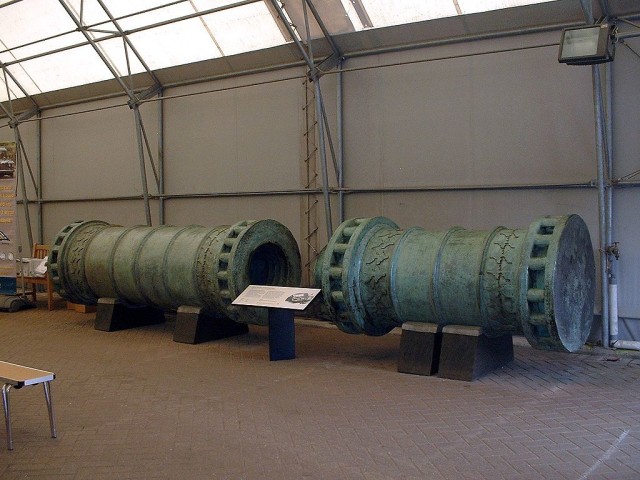
A 400-year-old catapult in antiquity could still find a good place, but gunpowder technology moved much faster. The 8 modern British ships-of-the-line sailed boldly up the strait with the Ottomans frantically stuffing whatever metal they could into the massive cannon and fired with desperation. It turned out that the giant cannon could still pack a punch and the wide scattershot blast inflicted a lot of casualties. The British suffered a few other setbacks and ultimately retreated without causing any significant damage, a long-awaited posthumous victory for the cannon designer Munir Ali.
Archimedes Giant Cranes Defend Syracuse
Most people know Archimedes as a great mathematician, but he also was a frustrating pain for the growing Roman Republic during the Second Punic War. Archimedes lived in Syracuse, and the city made the unfortunate switch in loyalties from Rome to Carthage and faced a siege on land and sea by the Romans.
The outlook of the city was terrible, with the modest garrison no match for the large roman force and its experienced general. Archimedes was a genius in more than just math, he had quite the knack for engineering and built several devices to ward of the Roman assaults. Some, such as the mirror-focused death ray of light are clearly exaggerated, but one almost as fantastical method seems to have actually existed.
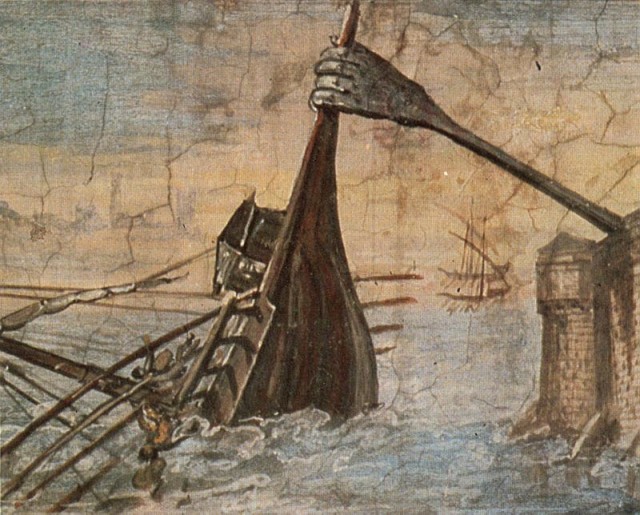
Called the claw, Archimedes designed a giant crane to hang off the sea walls, it had what resembled a grappling hook or clawed hand at the end of the rope. This would be yanked up on Roman ships assaulting the walls. The leverage and power of the crane were so great that the Roman vessels were lifted out of the water before being released to break upon the rocks, killing many Romans on impact.
Ultimately the Romans were able to storm the city, but with much difficulty thanks to Archimedes, some sources say he was slain by Romans who recognized him and took out their anger on the one who killed so many of their comrades, others that he was killed for refusing to leave his work, or he was an otherwise random killing from a standard Roman sacking.
Carthage Makes Catapults with Women’s Hair
Just prior to the last siege of Carthage for the Third Punic War, the Romans made several demands of the significantly run-down Carthaginians to keep the peace. Fearing a war against the powerful Rome, The Carthaginians complied with Roman demands even so far as to give up all their weapons, swords, siege weapons, and armor. Finally, the Carthaginians realized that the Romans wouldn’t stop until they held the city for themselves and the citizens of Carthage resolved to fight.
Immediately, the city went to work making weapons and armor. The women went so far as to shave their heads, their hair being used as tension springs for the catapults. Buildings were destroyed for catapult ammo and shifts were established for 24-hour schedules in the workshops, many of them established in temples.
Because of their overwhelming effort and sacrifice for the city’s defense, the largely civilian population of Carthage put up a fierce fight against the Romans, embarrassing some of the early commanders. The siege took three years and was only won after a terrible push of urban fighting through the city. The Carthaginians were eventually wiped out, but they put up an epic fight to the finish.
Japanese War Fans
Seen largely as novelty items and unbelievable movie weapons, Japanese war fans had a real place in a samurai’s gear and weapons. Not surprising, the main priority of the fans was to keep the soldiers cool on a campaign. From there, however, it was discovered that they could be made stronger by making the normally wooden ribs out of iron. The most basic type was this reinforced fan, but solid clubs shaped like folded fans were also made as well as solid metal always open fans.
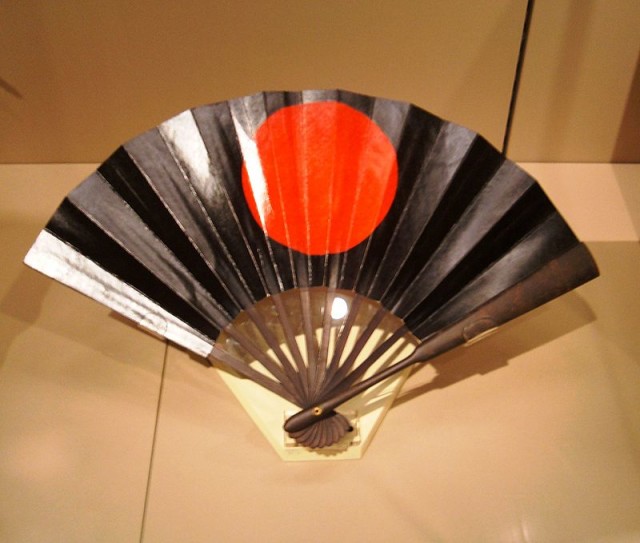
The fans were relatively common and were certainly used many times, mostly as a last resort or taken to a place that required a warrior to relinquish all other weapons. We only have a few concrete examples of their use. One, in particular, happened during the fourth Battle of Kawanakajima.
Japanese commander Takeda Shingen was fending off relentless attacks from Uesugi Kenshin. The attacks were so fierce that they pushed to Takeda’s command tent where Uesugi himself burst in and unexpectedly attacked the unprepared Takeda. Takeda was able to parry multiple attacks with his war fan before his guard came in and repulsed Uesugi and his attackers. Today there is a martial art dedicated to war fan combat known as Tessenjutsu. It has very few practitioners but is such a unique and unexpected style that it tends to be exceptionally effective.
By William McLaughlin for War History Online
